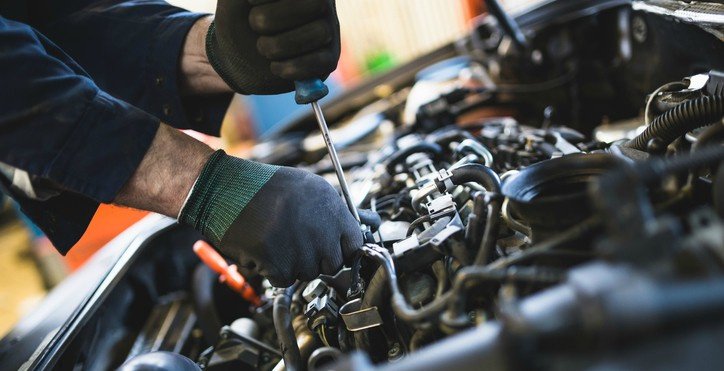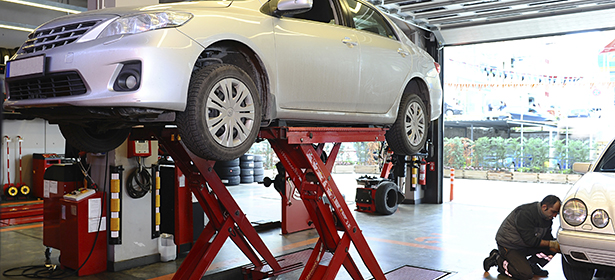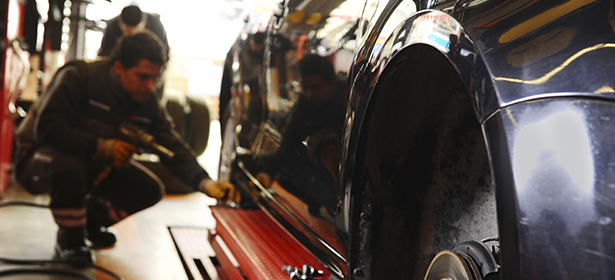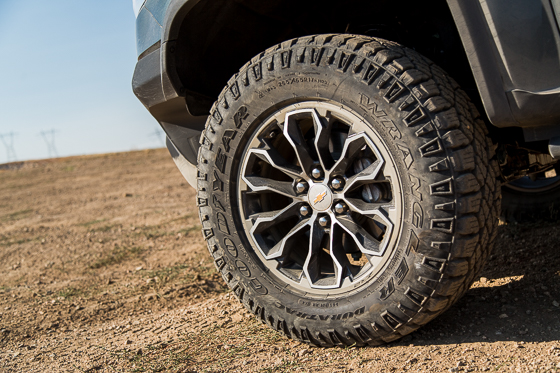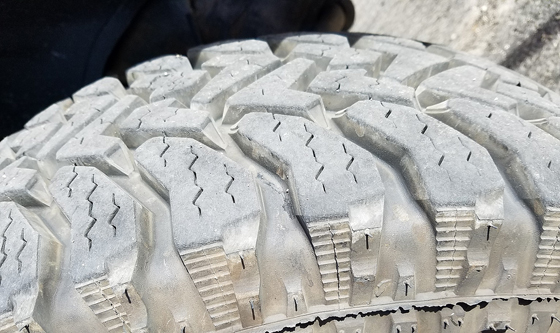Is it worth putting a used engine in a car?
When your car engine fails and you come to the grim realization that you have to start looking for another engine, it may not have occurred to you to look for a used engine instead of a new one. However, relatively speaking, installing a used engine in your car is not much different than purchasing a used car; in fact, it’s a lot cheaper! Keeping the car you have and looking for a used engine is generally the most cost-effective solution to the issue of having a car with a busted engine. Like purchasing a used car, there are several advantages and disadvantages to purchasing a used engine; however, they could simply just be facts to keep in mind while searching for the right used engine to install in your existing vehicle. Whether or not you should choose to install a used engine depends upon your budget and willingness to step outside your comfort-zone a bit in order to save money. The only catch is, you will need to be aware of what a reliable used car engine looks like. Before you begin the process of buying a new engine, consider the following information about used engines.
It will save you a lot of money
Although previously mentioned, it is not emphasized enough how economically sound it is to purchase a used engine. If you find the right one, it will be significantly cheaper than buying a new engine and it will perform just the same. The money saved alone is reason enough for looking into purchasing a used engine. When a car owner gets the news that their engine is out of commission for good, it can place a huge amount of stress on his shoulders just imagining the hefty amount of money he will have to dish out to get the engine replaced. Some car owners might even think, “What’s the point? Why not just look for a new car?” However, most car owners do not consider the concept of purchasing a used engine. The dilemma of a failing engine can be further stressful if one doesn’t know anything about engine reliability and is not familiar with the components of an engine to begin with.
It will lessen the environmental impact
Beyond the cost-effective aspect of purchasing a used engine, there is another benefit that has recently come to the awareness of many consumers worldwide; lower environmental impact. Used car engines help the environment because we are recycling perfectly good engines by utilizing them for as long as possible before they need to be disposed of. This eliminates a huge percentage of engines that are thrown away for no apparent cause—ones that can be fixed or reused. Imagine a car engine rusting in a waste plant somewhere; recycling those engines by repairing and using them for as long as possible is a great way to lessen our environmental impact. By choosing only to install recycled engines, you can make a significant difference in your carbon footprint for an entire lifetime.
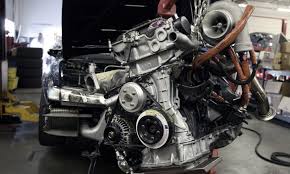
Why Buy Used?
A new engine can cost thousands of dollars. Unfortunately, many consumers can’t afford that. The alternative is to buy a used engine at a fraction of the cost of a new one. It’s important not to confuse used engines with rebuilt engines. Used engines come from wrecked cars or those that have damage to a major system. The engine may not have a lot of miles on it and will fit your car. This is the cheapest way to replace an engine, but there are some risks involved.
Rebuilt engines are also pulled out of wrecked cars. The difference is that a rebuilt engine has had parts replaced. The engine may have had some damage but was still in good shape. Therefore, a mechanic replaced the damaged parts and updated all the gaskets. A rebuilt engine can last for many years. A re-manufactured engine is a used one that is returned to factory shape. Pistons, rings, and other parts are replaced, and the engine operates like new. They cost more than the used engines.
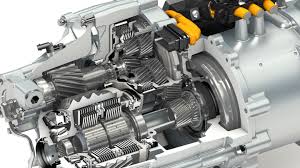
If your car gets a brand new engine, is it worth more?
Your car with a working engine will be worth more than your car with a non-working engine. But your car will not be worth more than blue book for a make and model like yours. The new engine does not increase the top value more than blue book.
As a consumer of used cars, I would not pay more than a typical car in the class your car is in. As a buyer, I expect that your engine will work, that it doesn’t use oil, that it has reasonable miles, that it makes the expected power, that you have taken reasonable care of your engine. That you had to replace the engine to make that happen does not compel me to make a higher than blue book price offer for your vehicle. I expect there to be a good engine in your car if I am going to buy it.
Now, I might buy your vehicle over another because you have a “better” engine, but I’m not going to pay more than blue book for your car. That you had a warranty issue with your engine may turn me off on buying it, especially if that is common with your make and model of car.
If you engine is crap, I will offer a much lower price than blue book for your car. I expect to be buying a car in good working condition and an engine that uses a bunch of oil or doesn’t run well or doesn’t make the expected power for your make and model won’t give you top price.
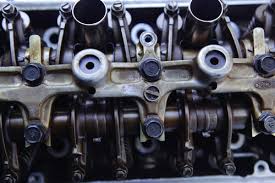
Why Engines Fail
The most common reason for engine failure is inadequate lubrication. When there is not enough oil in the engine, it can cause the engine to overheat, and ultimately, fail. And lubrication is necessary to keep the piston moving smoothly and to protect the cylinder wall.
Neglecting to check your oil levels and routinely replace oil can lead to expensive repairs, and possibly, the need for a costly engine replacement. You must know the importance of maintenance and repair to function smoothly.
Symptoms of Engine Failure
Compression loss, excessive smoke, the rapid burning of oil, a sudden drop in your miles per gallon, engine knocking, and sludge found during an oil change, are the most common signs that your engine is in need of a replacement.
With compression loss, in particular, your car’s engine will misfire frequently. You may also notice excessive smoker coming from your tailpipe, which signals a problem with your vehicle’s exhaust system. You can determine if your engine is burning oil excessively if you are going through at least a quart of oil every thousand miles.
And when it comes to oil sludge, this can be an indicator that your cooling system is on the fritz.
Here are five specific things you want to know before purchasing.
These will help reduce your risk when buying a used engine.
1. Is the Company Reputable?
There are plenty of junkyard scams going on. Before purchasing anything from a salvage yard, take a few minutes to look them up online. Check for any information you can find, including certifications, awards, and reviews.
You want to make sure you’re dealing with a reputable company and not a couple of guys selling auto parts out of their garage. Use common sense and look for any red flags. If the price or value seems too good to be true, it probably is.
2. What’s the Mileage on the Engine, and How Old Is It?
The mileage on the engine makes a difference in its life expectancy. While engines with more miles will typically cost less, they may not last as long. Your ideal motor will have about 15,000 miles per year. With just a little math, you can figure this out by dividing the total number of miles on the engine by its age in years.
3. Is It Tested?
Often when a vehicle is totaled from a wreck, the engine is still working great. But, not always. Especially if the damage to the vehicle was in the front, or there was a fire under the hood. You have two ways to find out about the condition of the engine. You can purchase the engine and install it and see if it works. Or, you can buy an engine that’s been tested. The second method is obviously easier.
There are two main methods of testing engines. The first is a run test. This can be done by a certified technician who will start the engine and perform tests on the engine whether it’s on a stand or still attached to the vehicle. The second method is a compression test. This is utilized when the car can no longer start, and can tell you a lot about the condition of the engine. Ask about testing before you purchase an engine, especially if you’re purchasing one without a warranty.
4. Will This Engine Work in My Vehicle?
You don’t need an identical match to find a compatible engine. Often manufacturers used the same engine for several years, or in different models of cars. Do your research and make sure the used engine you are looking at will work in your car. Tear-A-Part has a proprietary system at each of their locations that can help you pinpoint which models will work.
5. What’s the Warranty?
You don’t want to purchase a used engine without a warranty. Check around and see what is covered, and how long the warranty lasts. Make sure to ask if there are any conditions on the warranty. Then make sure you get this information in writing. If it’s on the bottom of your receipt, hang onto your receipt! This way if you get the engine installed and something is wrong with it, you will be able to return it. You really don’t want to be stuck with an engine that doesn’t work.
